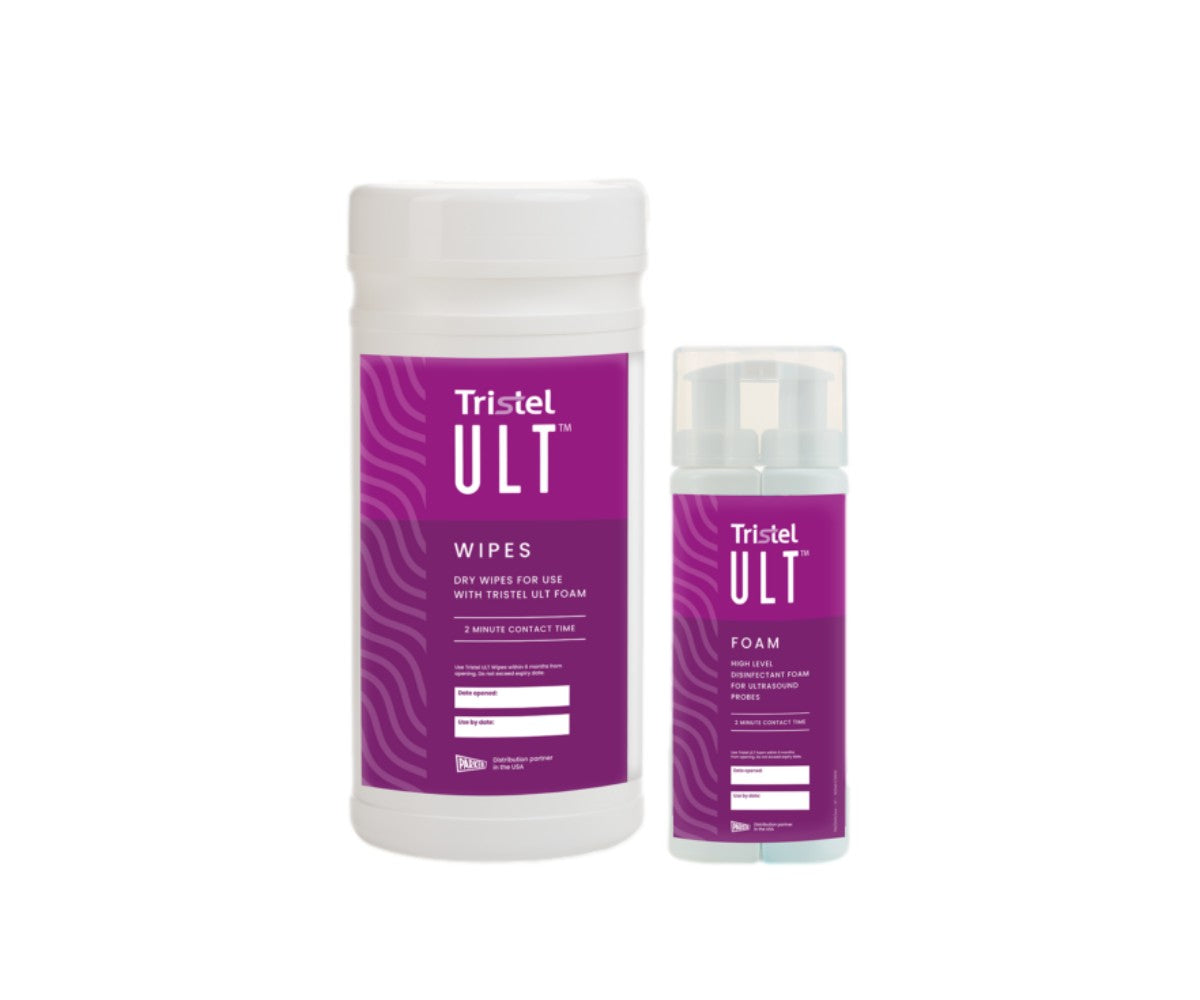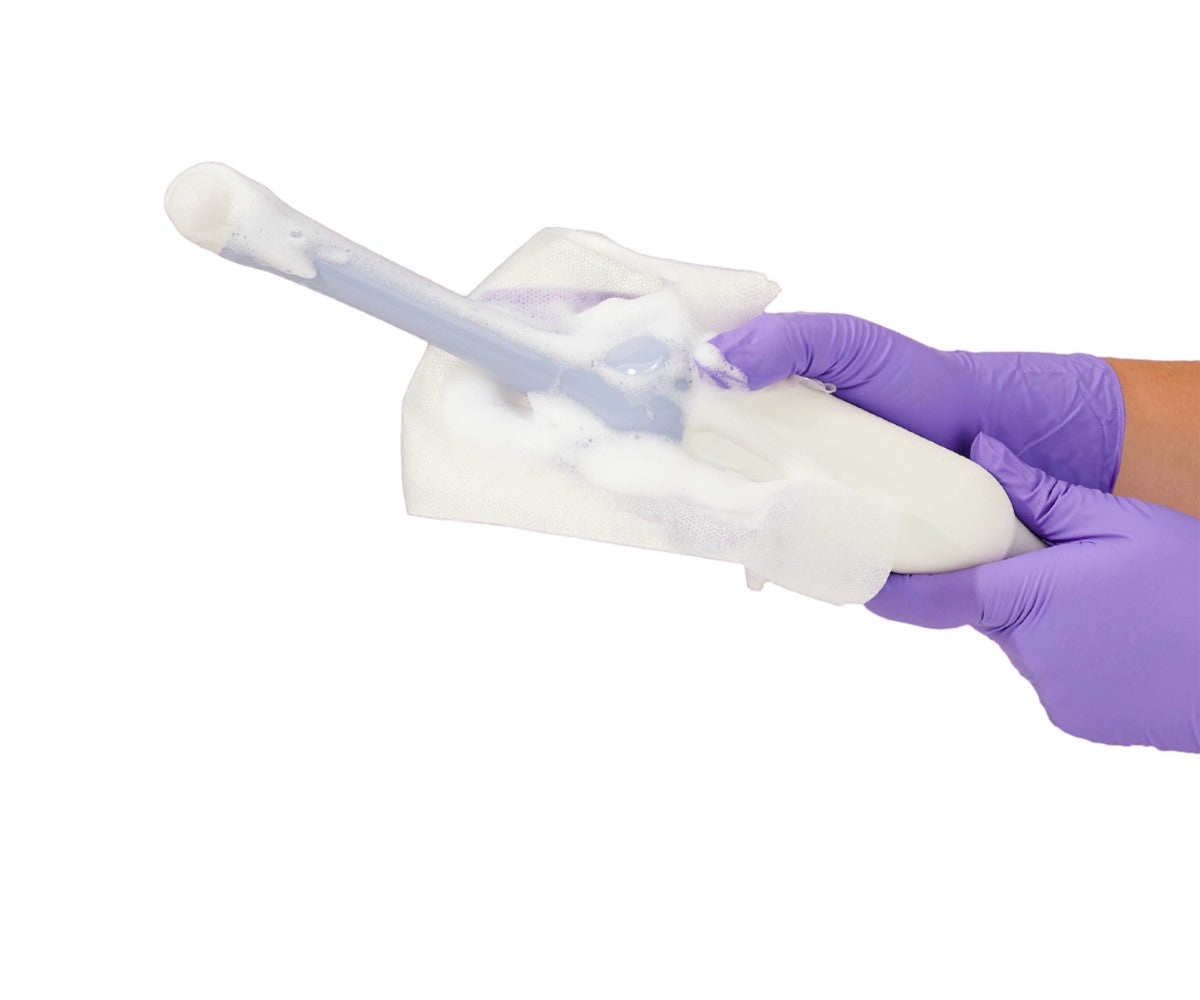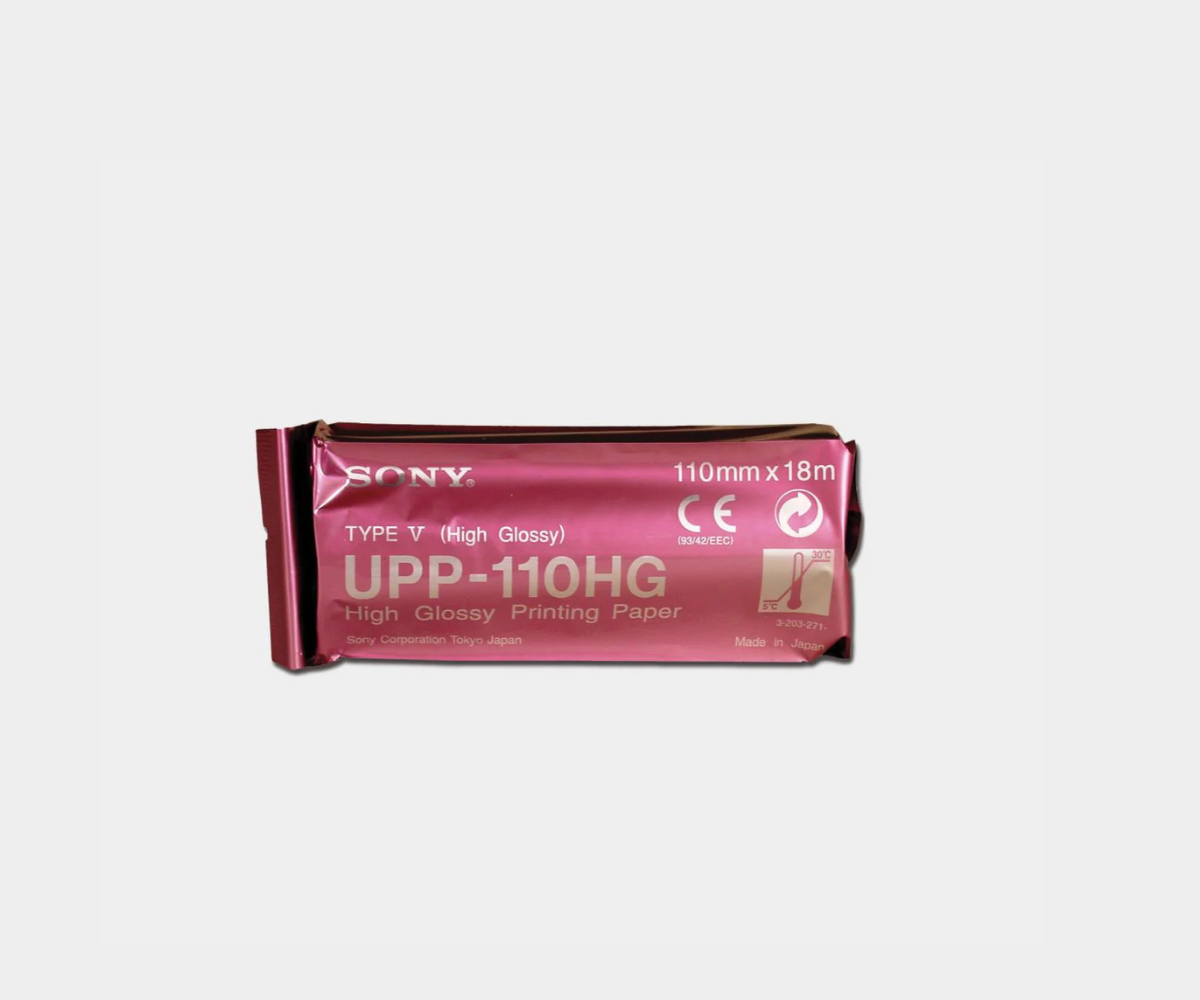
An alternative way of performing an echocardiogram, the transesophageal echocardiography (TEE) is commonly used to obtain clear images of parts of the heart that can’t be easily reached with traditional, less invasive methods. Practitioners use specially-designed TEE ultrasound probes for this type of exam. The physician will enter the patient's body by way of his or her mouth, passing the pharynx to get to the esophagus, and eventually arriving at the heart. Since the probes feature concave areas and grooves, the risk of collecting pathogens from all the different body parts they are in contact with is increased, and they can even potentially be soiled with blood.
What are the risks linked to TEE exams?
TEE are invasive exams that put the probe in contact with sterile tissues and carry the risk of exposing it to pathogens. Unfortunately, the scientific literature confirms that cases of HAIs outbursts have already occurred in the past, and their effect can be detrimental to patient health.
A study carried out in a hospital located in Los Angeles revealed that, during the same month, 20 patients had cardiac surgery operations involving the use of a TEE probe, and 8 of them became positive to E. coli 1 to 4 days after the operation. After a thorough investigation, an infected TEE probe was found as the most probable cause of the outbreak. Researchers found that the only environmental sample culture positive for E. coli was the one of the TEE probes. This sample culture was obtained after the usual cleaning and disinfecting practice of the hospital, thereby showing that TEE probes require a robust ultrasound infection control protocol.
The Landspitali University Hospital located in Iceland underwent an observational study that lasted 4 years. During this period, 973 patients had cardiac surgery and 20% of them developed a post-operative infection. The culprits were once again the TEE probes that caused two outbreaks. The surfaces of the devices were damaged, outlining the importance of protecting them with a probe cover, using recommended detergents and disinfectants, and lastly establishing an adequate disinfection process.
What is the equipment required for a TEE exam?
The equipment used for transesophageal echocardiography is composed of a fiberscope and a regular ultrasound machine. The probe has two directional dials that allow the radiologist to adjust the head by orienting it in any direction. The fiberscope is in direct contact of sterile tissue; therefore, it must be thoroughly disinfected between each patient (we will detail this process in the last part of our article) and protected with a probe cover.

Using a probe cover to protect a TEE fiberscope
A fiberscope comes in contact with mucous membranes, since it is passing through the pharynx. The CDC classifies it as a semi critical device, and as such, it needs to be protected with a probe cover.
Moreover, major ultrasound manufacturers also recommend using a probe cover to protect the ultrasound transducers. Patients, practitioners, and fiberscopes are all protected by simply using a probe cover on a TEE probe.
Probe covers for TEE exams are sold alone or as a kit. The kit helps the radiologist easily apply the gel thanks to its individual packet, to unroll the probe cover if it features an applicator, and to fasten the probe cover around the TEE probe with the help of the included rubber band. Historically, probe covers were made with latex, but since this material sometimes leads to allergies, probe cover manufacturers have started producing versions made from other materials, such as polyisoprene, polyethylene, or polyurethane.
Disinfecting the TEE probe to meet ultrasound infection control requirements
In light of the previous examples, we can easily deduct the importance of properly caring for the device to establish a robust infection control strategy. Protecting a TEE probe with a probe cover is a necessity that has to be combined with a proper disinfection protocol.
In every healthcare facility, a rigorous disinfection protocol is used to repurpose ultrasound probes after each procedure. Very often, it relies on a dedicated infection control team to ensure proper adherence and an efficient workflow.
First step: observation
Once the procedure is over, the first step is to verify whether the probe cover was damaged. It can be done by only meticulously examining it, or by filling it with water. If it wasn’t ripped, the probe should be wiped and disinfected with a low-level disinfectant.
Second step: if the probe cover was ripped
In this case, an efficient ultrasound infection control protocol dictates that the probe should be disinfected with an intermediate level disinfectant. In the ICU, an extra step is necessary: the probe should be disassembled to be able to disinfect it by immersing it in a bactericidal, deproteinizing, and disinfecting detergent. If necessary, the TEE probe should be brushed. Once cleaned, the probe is thoroughly rinsed to make sure no traces of detergent or soil are left. The last step consists of properly draining the probe.
Third step: intermediate disinfection
The TEE probe is immersed for 15 minutes in a container with an intermediate level disinfectant. Please note that this timing can vary, depending on the disinfectant used. The operator must make sure the disinfectant is reaching every part of the probe, like concave areas or canals.
Fourth step: Rinsing and drying
The outside shell and the interior of the TEE probe should be rinsed and irrigated, respectively, with bacteria-free water. It should then be dried with the use of a non-woven cloth.
The significant utility of TEE probes in obtaining clear images of parts of the heart that can be hard to access with conventional methods has led to their increased use in hospital settings. However, they come in contact with sterile tissues and should therefore undergo a thorough and systematic disinfection process. With the help of this simple four step plan, healthcare facilities can deploy a robust infection control policy for these complex devices, thus providing increased protection against hospital acquired infections.

![Properly Disinfecting TEE Probes [4 Steps]](http://us.edm-imaging.com/cdn/shop/articles/Properly_Disinfecting_TEE_Probes_4_Steps.jpg?v=1689775690&width=1000)





